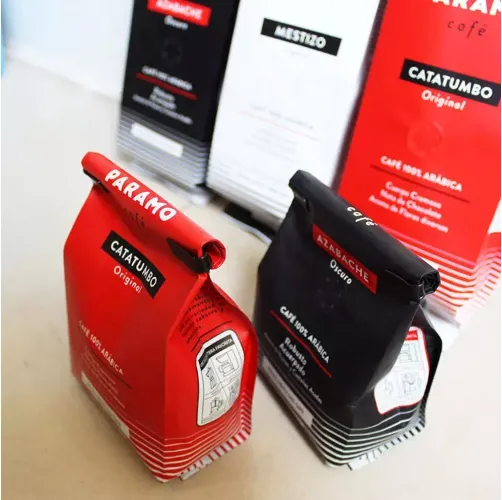- Afrikaans
- Albanian
- Amharic
- Arabic
- Armenian
- Azerbaijani
- Basque
- Belarusian
- Bengali
- Bosnian
- Bulgarian
- Catalan
- Cebuano
- chinese_simplified
- chinese_traditional
- Corsican
- Croatian
- Czech
- Danish
- Dutch
- English
- Esperanto
- Estonian
- Finnish
- French
- Frisian
- Galician
- Georgian
- German
- Greek
- Gujarati
- haitian_creole
- hausa
- hawaiian
- Hebrew
- Hindi
- Miao
- Hungarian
- Icelandic
- igbo
- Indonesian
- irish
- Italian
- Japanese
- Javanese
- Kannada
- kazakh
- Khmer
- Rwandese
- Korean
- Kurdish
- Kyrgyz
- Lao
- Latin
- Latvian
- Lithuanian
- Luxembourgish
- Macedonian
- Malgashi
- Malay
- Malayalam
- Maltese
- Maori
- Marathi
- Mongolian
- Myanmar
- Nepali
- Norwegian
- Norwegian
- Occitan
- Pashto
- Persian
- Polish
- Portuguese
- Punjabi
- Romanian
- Russian
- Samoan
- scottish-gaelic
- Serbian
- Sesotho
- Shona
- Sindhi
- Sinhala
- Slovak
- Slovenian
- Somali
- Spanish
- Sundanese
- Swahili
- Swedish
- Tagalog
- Tajik
- Tamil
- Tatar
- Telugu
- Thai
- Turkish
- Turkmen
- Ukrainian
- Urdu
- Uighur
- Uzbek
- Vietnamese
- Welsh
- Bantu
- Yiddish
- Yoruba
- Zulu
Exploring the Benefits and Techniques of Heat Stamping in Manufacturing Processes
Understanding Heat Stamping A Key Technique in Industrial Manufacturing
Heat stamping is an essential technique in industrial manufacturing, widely recognized for its efficiency and precision in shaping materials. This method typically involves the application of high temperatures and pressures to metal sheets, resulting in the formation of various shapes and designs. As industries continue to evolve, heat stamping has emerged as a critical process in producing components for automotive, aerospace, electronics, and countless other fields.
The Process of Heat Stamping
Heat stamping operates through a combination of thermal energy and mechanical force. Initially, the metal sheets are heated to a predetermined temperature, a stage known as preheating. This heating phase is crucial, as it increases the malleability of the material, making it easier to shape and form. Commonly used materials include aluminum, steel, and various alloys, each selected based on the specific requirements of the finished product.
Once the metal reaches the desired temperature, it is placed in a stamping press, which exerts a significant amount of pressure. The pressing process can involve dies specifically shaped to create the desired form. When the heated material meets the force exerted by the press, it begins to flow into the cavity of the die, solidifying into the final shape as it cools.
Advantages of Heat Stamping
One of the primary advantages of heat stamping is its ability to produce complex shapes with high precision. Unlike traditional machining methods, which may lead to material waste, heat stamping is known for its efficiency and sustainability. It significantly reduces the amount of scrap material generated during the manufacturing process, thus lowering production costs.
Another key benefit of heat stamping is its speed. The process is capable of mass-producing components in a relatively short period, making it an ideal choice for industries that require high-volume production. The automation of stamping processes further enhances production rates, allowing manufacturers to meet tight deadlines and respond swiftly to market demands.
heat stamping

Applications Across Various Industries
Heat stamping finds applications in various sectors. In the automotive industry, for example, it is used to create components such as door panels, hoods, and chassis parts. These components demand high strength and durability, attributes that heat stamping can effectively deliver.
Similarly, in the aerospace industry, where lightweight materials are crucial, heat stamping is employed to manufacture parts that can withstand extreme conditions while maintaining efficiency. The electronics industry also benefits from this technique, utilizing heat stamping to produce intricate electronic housings and connectors.
Challenges and Considerations
Despite its numerous advantages, heat stamping is not without challenges. The initial setup costs, including the design and production of custom dies, can be considerable. Additionally, precise temperature control is paramount; overheating can lead to material deformation, while insufficient heating may result in inadequate formability. As technology advances, manufacturers are increasingly turning to computer-aided design (CAD) systems to optimize the stamping process and enhance overall precision.
Conclusion
Heat stamping is a vital component of modern manufacturing, offering unmatched efficiency and accuracy. With its ability to produce complex and durable components at high speeds, it stands out as a preferred method across various industries. As advancements in technology continue to shape the manufacturing landscape, heat stamping will likely evolve even further, solidifying its place as a cornerstone technique in industrial production. Understanding this process not only highlights its significance but also emphasizes the innovation driving today’s manufacturing practices.













